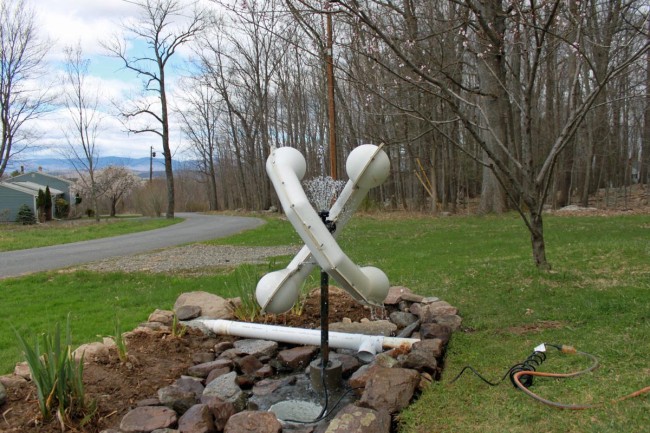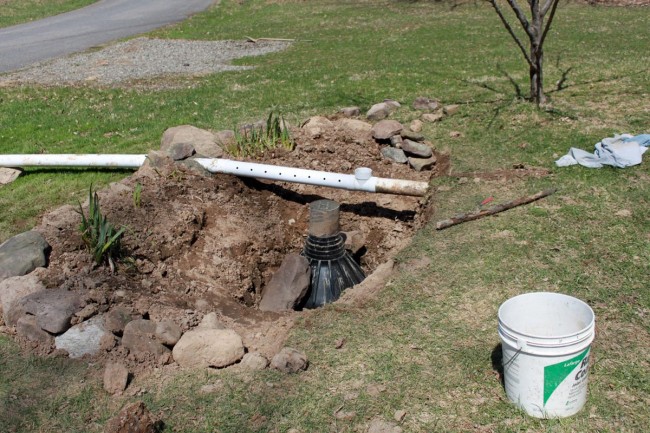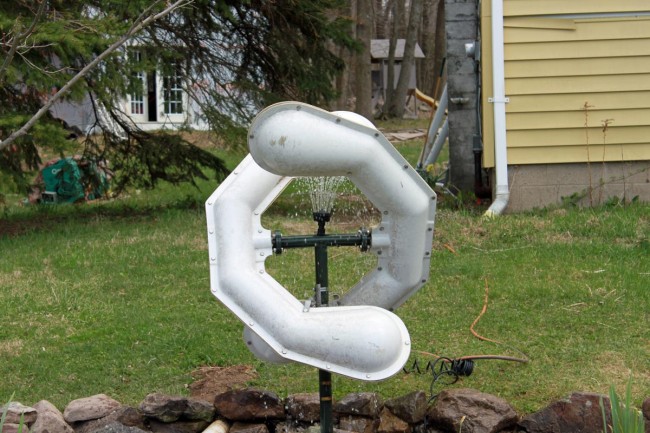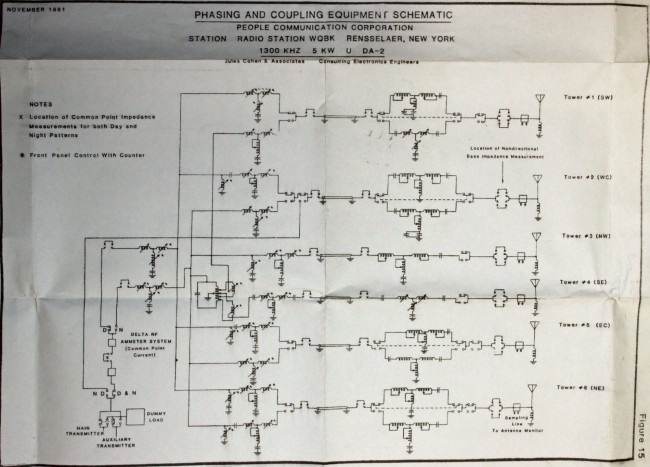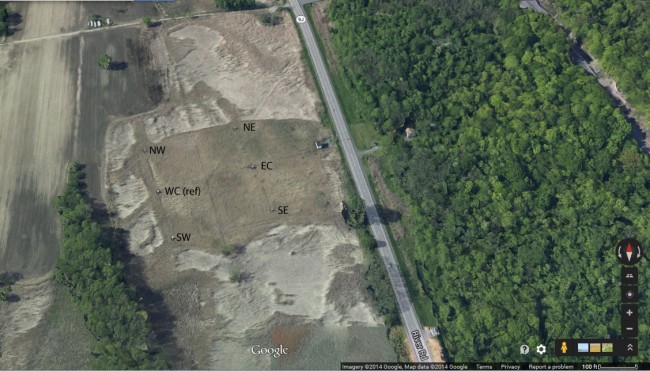Another one of those former ATT Long Lines sites has been re-purposed. This site was known as Rock City and as the name suggests, it is a fairly remote location. These locations were chosen by ATT to facilitate microwave relay between cities. Some of the more remote rural locations are so far off the beaten path that they do not make good wireless carrier sites today. Such is the case here, there simply are not enough people around to turn this into a profitable cell site.
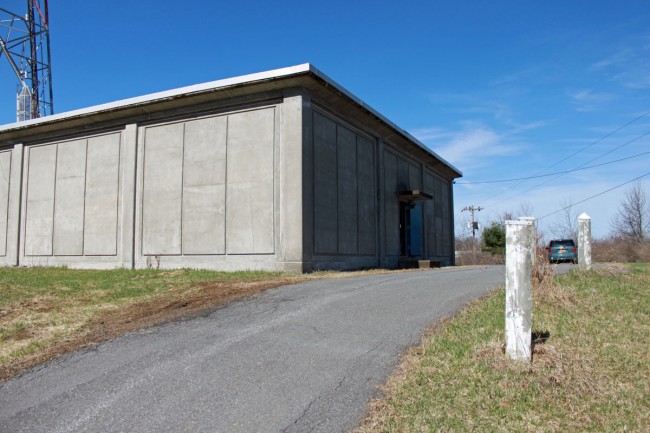
This site is useful in other ways, the local township purchased it and has put it to use for E911 dispatch and other uses such as WKZE translator W290BZ.
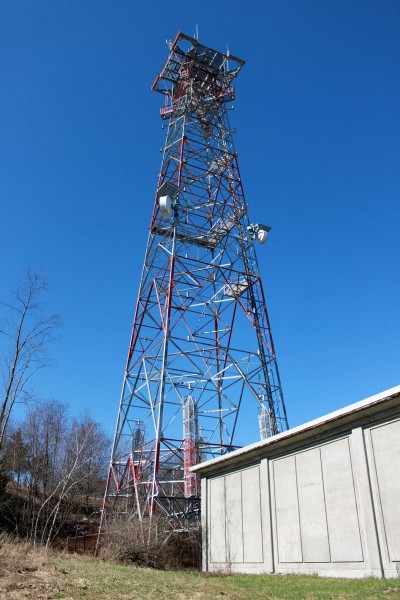
The tower is less than 200 feet tall, therefore it is no longer painted or lit. These old Western Electric towers were really built. Under that peeling paint, the galvanizing is still in near-perfect condition. The tower dates from 1968.
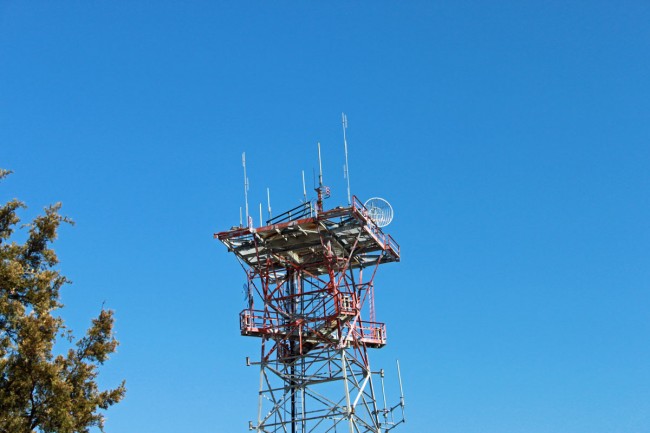
The Western Electric KS-15676 microwave antennas and waveguides have been removed. The top platform is quite large, one could build a house up there. The W290BZ antenna is the cross-polarized LPA attached to the center pole which is barely visible.
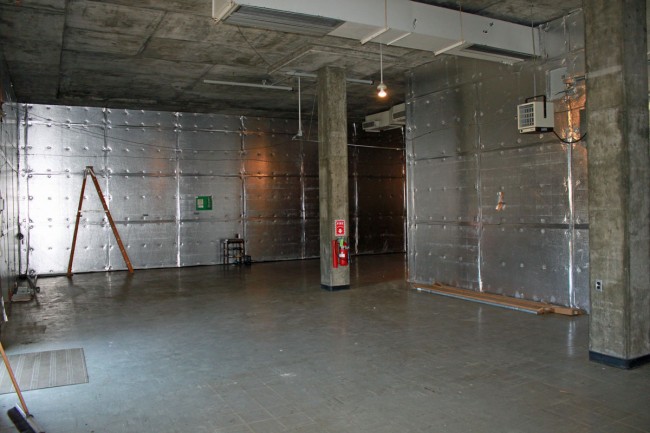
This room held the switch gear and TD-3 microwave radios.
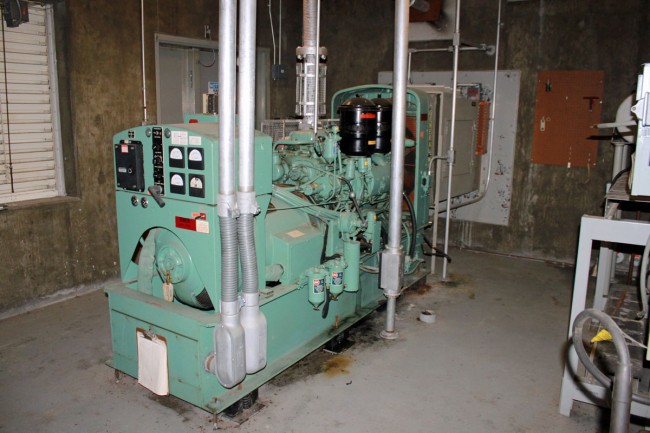
The original General Motors 100 KW diesel generator. The fuel tank was removed before the site was transferred from ATT to the new owners. If reconnected to a fuel supply and the block heater turned on, I’d bet this unit would start and run.
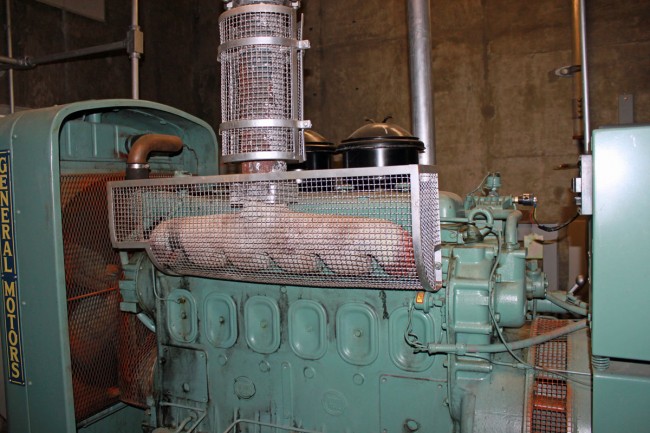
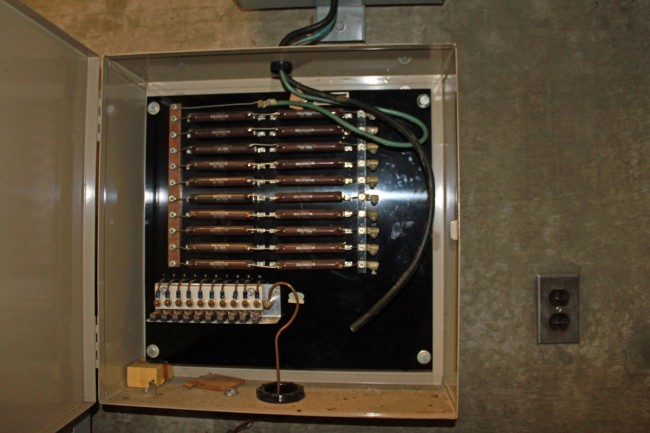
The tank had a Cathodic protection unit installed, which ran a small DC current through the tank to keep it from rusting.
The original visitor’s log book is still there, showing every ATT person who visited the site from 1968 until it was decommissioned in 1994. This site was unmanned and remotely monitored and controlled from somewhere else. Maintenance personnel showed up at regular intervals or to fix specific problems.
Like many of its rural counterparts, this site sits mostly empty since the microwave equipment was removed in the early 1990s. This one seems to be well taken care of, others are in terrible shape.

